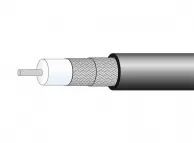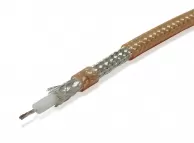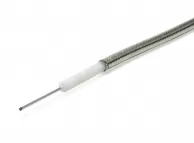 Huber+Suhner K_02252_D
Huber+Suhner K_02252_D QAXIAL RG142B/U
QAXIAL RG142B/U QAXIAL RG180B/U
QAXIAL RG180B/U Huber+Suhner RG_223_/U
Huber+Suhner RG_223_/U QAXIAL RG316/25-FLEX
QAXIAL RG316/25-FLEX Huber+Suhner RG_316_/U
Huber+Suhner RG_316_/U QAXIAL RG316/U
QAXIAL RG316/U QAXIAL RG400/U
QAXIAL RG400/U QAXIAL HF141-12-FEP
QAXIAL HF141-12-FEP QAXIAL HF141-50
QAXIAL HF141-50 QAXIAL HF086-50
QAXIAL HF086-50 QAXIAL UT141-25
QAXIAL UT141-25